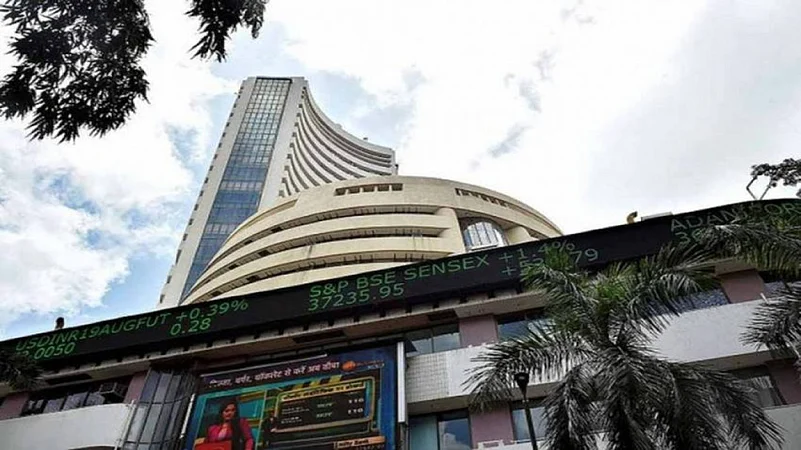The tradition of Muhurat Trading began at the Bombay Stock Exchange in 1957. Later, it was adopted in the National Stock Exchange in 1992.
Among the Indian trading community, Muhurat Trading on the occasion of Diwali is considered auspicious as it is believed to bring wealth and good luck all year round.
Diwali will mark the beginning of the new Samvat 2077, which is the new year according to the Hindu calendar, known as Vikram Samvat. According to Hindu tradition, the worship of Goddess Laxmi, the goddess of wealth and prosperity on Diwali evening is considered auspicious, as planets align in favourable positions.
Advertisement
The Indian stock market also opens for one hour for the trading of stocks every year on Diwali. This yearly ritual is known as Muhurat Trading.
Timing Of Muhurat Trading
The block deal session will start at 5:45 pm and finish at 6:00 pm on October 24, 2022. The pre-market session will start at 6:00 pm and close at 6:08 pm. The matching timing will be from 6:08 pm to 6:15 pm, and the Muhurat Trading session will begin at 6:15 pm and close at 7:15 pm. The closing session will be from 7:15 pm to 7:25 pm.
Historic Trend
Advertisement
The demand during the Muhurat Trading hour has generally been on the higher side.
Says Tejas Khoday, CEO and co-founder, FYERS, a stock trading platform: “The Muhurat Trading session has a history of nearly six decades. The traders consider this as blessings from Goddess Laxmi, the goddess of wealth and prosperity. Usually, the trend is on the buy side, and most Muhurat Trading sessions have ended in the green. The trend on the next trading day has been that the index has closed in red on most of the occasions.”
Every year, markets note a significant uptick in trading volume during a certain period of the Muhurat trading hour, “between 6.30 and 7.00, when there is a significant uptick in volume.”
Historic Track Record of Muhurat Trading
In 2017, the Sensex opened at 32,656.75, but closed 194.3 per cent lower, at 32,389.9. Similarly, the Nifty 50 fell by 0.63 per cent lower at 10,146. The markets started on a high note, but later fell as the demand dwindled. Airtel, RIL, M&M and Lupin were the top gainers.
In 2018, the BSE Sensex surged 245.77 points, and settled at 35,237.6, while, the NSE was up only by 0.65 per cent, to 10,598.40. The BSE performed much better than the NSE, but the overall demand was high during the Muhurat Trading of 2018. BCPL, HPCL, IOC, Infosys and Vedanta were the top gainers.
Advertisement
In 2019, the BSE Sensex climbed 192 points to close at 32,250, and the Nifty 50 opened at 11,662.25 and fell by 35.1 points to close at 11,627.15. Tata Motors, Vedanta, Yes Bank, ITC and Tata Steel were the major gainers.
In 2020, the Sensex surged by 195 points to close at 43,638, and the Nifty 50 was up by 51 points to close at 12,771. Airtel, Tata Steel and Sun Pharma were the top gainers of the Muhurat Trading session.
In 2021, the Sensex gained 295.70 points to close at 60,067.62, while the Nifty 50 surged by 91.8 points and closed at 17,921. The top gainers were Kotak Mahindra Bank, L&T and TCS. During the trading session, 2,535 shares gained, while 514 stocks fell. The overall market sentiment was on the higher side, and the demand was strong, as the NIFTY and Sensex touched new heights.















 Just one email a week
Just one email a week